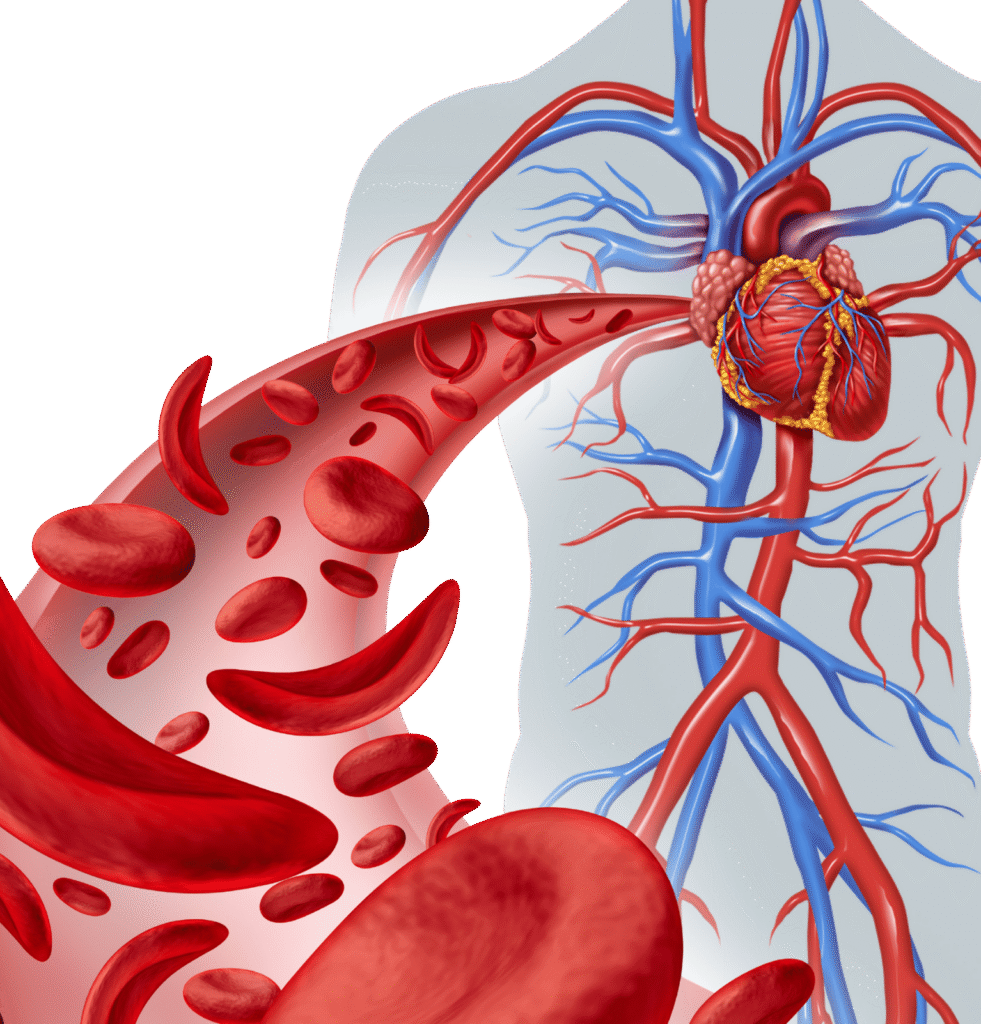Bone Marrow Disorders
"Bone marrow disorders" are a diverse group of conditions that affect the bone marrow, which is the soft, spongy tissue found inside large bones. The bone marrow is the body's factory for all blood cells: red blood cells (carry oxygen), white blood cells (fight infection), and platelets (help with clotting).
Key Functions of Healthy Bone Marrow :
When the bone marrow is not functioning properly, it can lead to problems with the production of one or more types of blood cells, resulting in various symptoms and diseases.
Hematopoiesis
The process of producing all types of blood cells from hematopoietic stem cells.
Stem Cell Niche
Provides the environment and support for stem cells to differentiate and mature.
Immune Cell Production
Produces lymphocytes, which are critical components of the immune system.

Categories and Types of Bone Marrow Disorders
Bone marrow disorders can be broadly categorized based on whether they involve underproduction, overproduction, or abnormal production of blood cells, or if they are infiltrated by cancer cells from elsewhere.
Disorders of Underproduction (Bone Marrow Failure Syndromes) :
The bone marrow doesn't produce enough healthy blood cells.
Aplastic Anemia
Cause
The bone marrow stops producing enough new blood cells (red, white, and platelets). It can be acquired (e.g., autoimmune, viral infections, toxins, drugs) or inherited (e.g., Fanconi anemia).
Impact
Leads to pancytopenia (low counts of all three blood cell lines), causing anemia, increased risk of infection, and bleeding.
Pure Red Cell Aplasia (PRCA):
Cause
Only red blood cell production is affected, leading to severe anemia. Can be acquired (e.g., associated with thymoma, parvovirus B19 infection) or inherited.
Myelodysplastic Syndromes (MDS)
Cause
A group of disorders where the bone marrow produces abnormal, ineffective blood cells (dysplastic cells) that often die prematurely. This leads to low blood counts (cytopenias) despite a cellular bone marrow. MDS can progress to acute myeloid leukemia (AML).
Impact
Anemia, frequent infections, bleeding.
Fanconi Anemia
Cause
A rare, inherited genetic disorder that leads to bone marrow failure, physical abnormalities, and an increased risk of cancer.
Disorders of Overproduction (Myeloproliferative Neoplasms - MPNs)
The bone marrow produces too many of one or more types of blood cells. These are often considered chronic blood cancers.
Chronic Myeloid Leukemia (CML):
Cause
Overproduction of granulocytes (a type of white blood cell), often associated with the Philadelphia chromosome.
Impact
High white blood cell counts, splenomegaly (enlarged spleen).
Polycythemia Vera (PV
Cause
Overproduction of red blood cells, leading to thick blood. Often associated with JAK2 gene mutation.
Impact
Increased risk of blood clots, headaches, fatigue, itching.
Essential Thrombocythemia (ET)
Cause
Overproduction of platelets. Often associated with JAK2, CALR, or MPL gene mutations.
Impact
Increased risk of blood clots or, paradoxically, bleeding.
Primary Myelofibrosis (PMF):
Cause
Scarring (fibrosis) of the bone marrow, which impairs blood cell production and leads to extramedullary hematopoiesis (blood cell production in other organs like the spleen and liver).
Impact
Anemia, splenomegaly, fatigue, weight loss.
Disorders of Abnormal Cells/Infiltration
The bone marrow produces too many of one or more types of blood cells. These are often considered chronic blood cancers.
Leukemias (Acute Lymphoblastic Leukemia - ALL, Acute Myeloid Leukemia - AML):
Cause
Cancers originating in the bone marrow that involve the rapid, uncontrolled growth of immature white blood cells (blasts), which crowd out healthy cell production.
Impact
Severe cytopenias, infections, bleeding, fatigue.
Multiple Myeloma
Cause
Cancer of plasma cells (a type of white blood cell) that accumulate in the bone marrow, producing abnormal antibodies and damaging bone.
Impact
Bone pain, fractures, kidney problems, anemia.
Lymphoma (Bone Marrow Involvement)
While lymphoma primarily originates in lymph nodes, it can spread to and infiltrate the bone marrow, affecting its function.
Metastatic Cancer
Cancer cells from other parts of the body (e.g., breast, prostate, lung) can spread to and infiltrate the bone marrow, disrupting normal blood cell production.
Diagnosis of Bone Marrow Disorders
Diagnosis typically involves a combination of:

Complete Blood Count (CBC)
To identify abnormalities in blood cell counts.
Peripheral Blood Smear Review
Microscopic examination of blood cells for abnormal morphology.
Bone Marrow Aspiration and Biopsy
The definitive diagnostic procedure, involving collecting a sample of liquid marrow (aspirate) and a small piece of solid marrow (biopsy) for detailed examination.
Cytogenetics
Analyzing chromosomes for abnormalities (e.g., Philadelphia chromosome in CML).
Flow Cytometry
To identify and quantify abnormal cell populations.
Molecular Genetic Testing
To detect specific gene mutations (e.g., JAK2, BCR-ABL, FLT3, NPM1) that are characteristic of certain disorders.
Imaging Studies
To assess bone involvement or organ enlargement.

